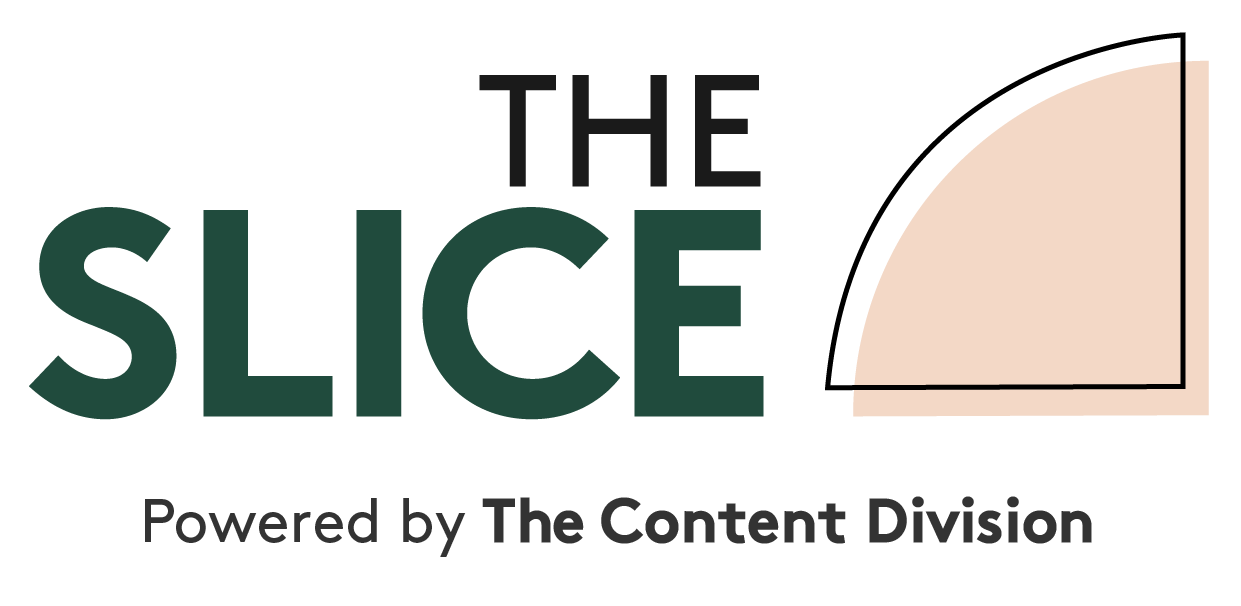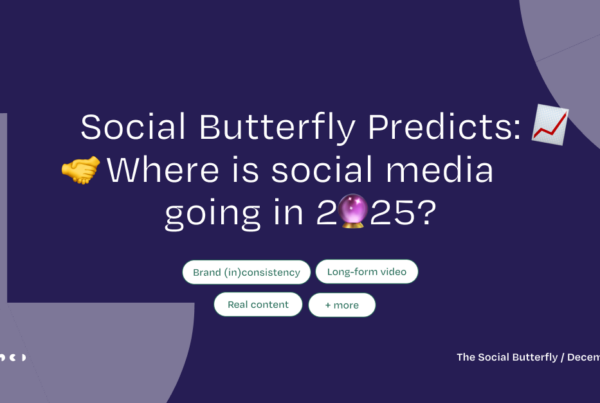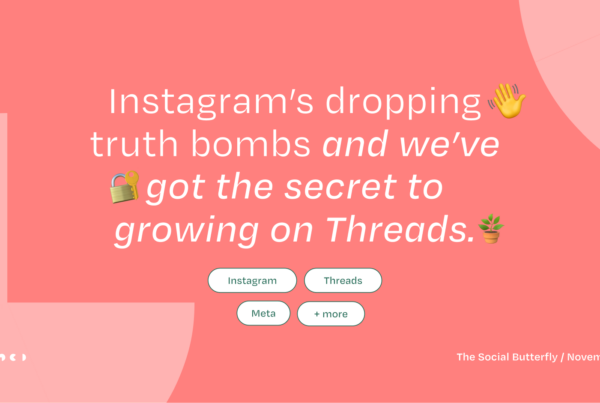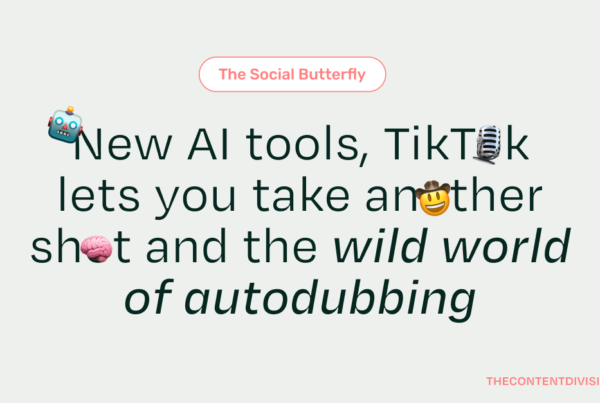
If you’re anything like me, having dabbled in a personal account some 5-10 years ago, you may have written Pinterest off as a place for indulging in personal interests with little to no use for brands whose products aren’t super visual.
That was certainly my position until earlier this week when I attended a breakfast with Pinterest’s head of country Carin Lee-Skelton at a local influencer event by Scrunch. Turns out Pinterest isn’t just a host to the nation’s best healthy food inspo, but a community of motivated individuals who are seeking out products and ideas to solve their problems.
The global hub and home of style, fashion, art and design is a go-to for many when it comes to inspiration for home renovation, styling and shopping. With 300 million active users globally, it’s a hub of activity and an eager audience for brands, the likes of which Toyota, Visit Wales, Ted Baker and Absolut have tapped into.
In Australia, Roy Morgan reported that Pinterest, with over 7.3 million visitors in 2019, has grown by over 4.6 million (+174.3%) since 2015. And while it’s not necessarily pulling the audience that Facebook, Twitter or Instagram is pulling on a numbers level, it’s got a number of other factors on its side. Read on to find out what they are.
Pinterest users have intent to buy
Pinterest head of country in Australia Carin Lee-Skelton said that the platform’s users can be defined by a number of distinct attitudes. The most prominent of which is that the pinterest community are planners – they go to the platform looking for inspiration for something they personally want to put into action. Whether that’s healthy meal prep, learning to crochet, painting a house or styling their bathroom.

Furthermore, Lee-Skelton said that Pinterest users have intent to buy, and 83% of users have made a purchase based on content they found on the platform. *cha-ching*
Tracking trends
With access to search data and trends across the platform, Pinterest is able to track trends in what their community is searching for. The social media platform has tapped into this data to provide a wrap up of the top trends for brands to align with.
The top trends for 2020 include everything from conscious consumerism, responsible travel, pampered pets, space and more. From a brand perspective, getting in on the conversation when it comes to the search is a huge opportunity. And it’s surprising how many ways brands can do that – whether that’s a series of infographics displayed on-platform or simple text on card linking to a relevant article on your website.
Creating content for Pinterest
The biggest barrier for brands tapping into the Pinterest community is creating custom content for the platform, but don’t let that be a barrier. Pinterest content is rarely about creating content just for on-platform consumption. The platform generates tons of link clicks and brands can get a piece of that pie if they’re willing to follow the rules.
Pinterest content is highly visual and brands that are willing to set their profile up and stick to a distinct style and share relevant content will see results. Content should be image focused but can have text overlay (as opposed to platforms such as Facebook, which punishes imagery with text). It should be in portrait format (2:3), and brands can create carousels to break up listicles or just have one ‘pin’ that links to more information on their website.
As always, the key is to fit in with the regular programming in order to succeed. As the platform suggests: “On Pinterest, brands inspire – they don’t interrupt. Share your ideas with people who want to take action.”
For content publishers, the platform presents an even larger potential, as Pinterest goers use the platform as their very own search engine. Promoting blogs on the channel is a no brainer, as lifestyle blogger Geneva Vanderzeil has found. At the Scrunch x Pinterest influencer event, Vanderzeil said half of her monthly traffic is often generated from her pins on the platform.
Organic, paid or both?
Brands looking to get started on the platform should set up a business account, build out a number of relevant boards and start pinning a mixture of existing pins and their own original content to their account. This will start the flow of traffic and attract account follows.
Pinterest allows you to include a title for your card, 500-word description and a link to your site or a source. Lee-Skelton said that brands and influencers should make use of these fields as all of this is a potential for your pin to rank in searches – ie. treat your pin like you would treat a utility blog post for your website, SEO baby.
If you’re looking to accelerate growth or have a specific product or piece of content you want to promote, you can always promote a pin for relevant searches. And of course, you can use the platform as a purely transactional account and just run ads in relevant searches.
If you’ve got to here and have this daunting feeling of “not another social media platform”, well, I feel you. Like always, choose your battles, go where your audience is, and give it your best shot. You don’t have to be everything to everyone, but if your brand has a content strategy and has an interest alignment with the Pinterest trends, getting in on the action is a good idea. Worst case scenario, at least you’ll find some good #dinnerinspo while you’re checking it out.





